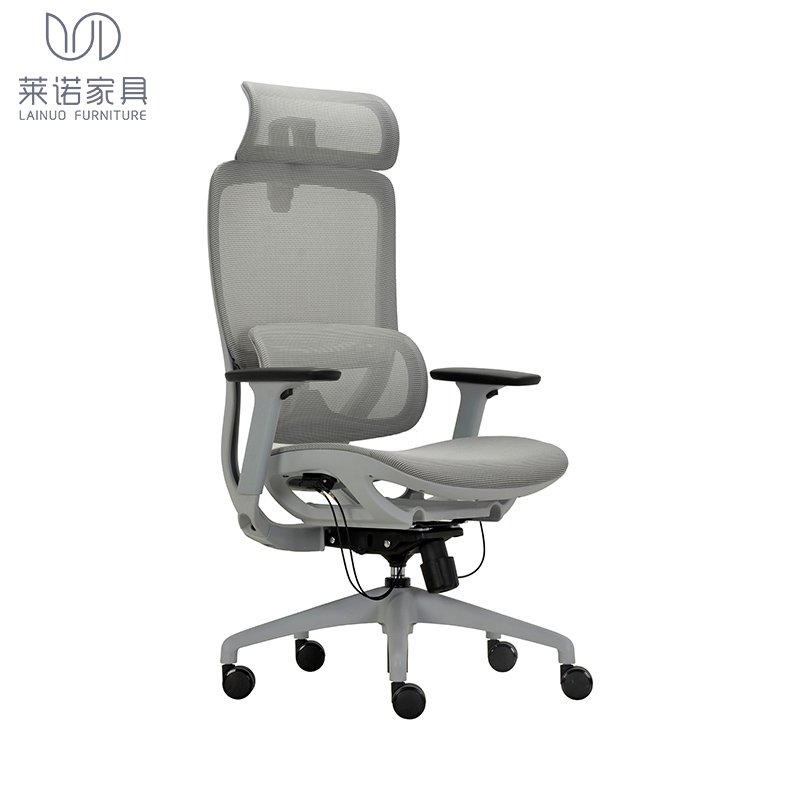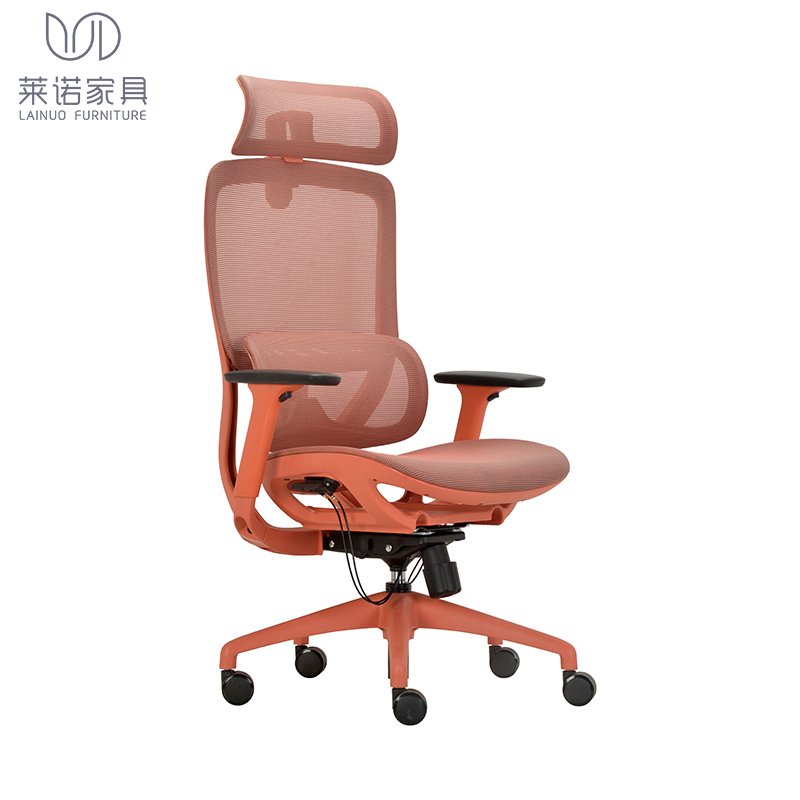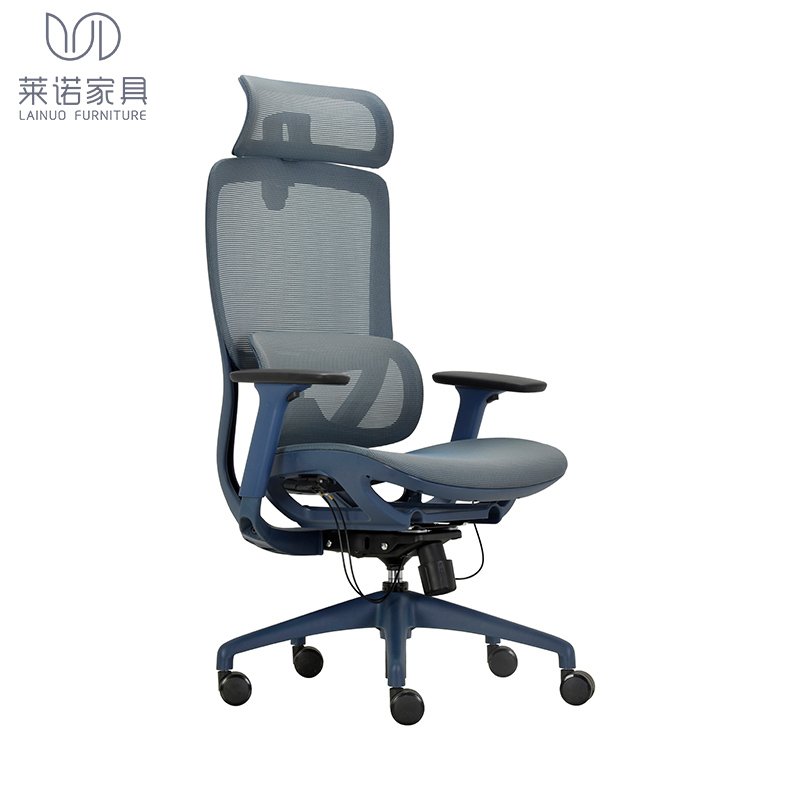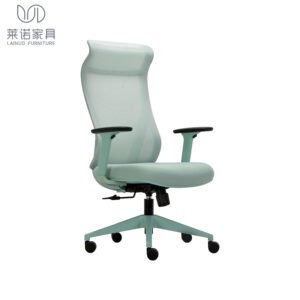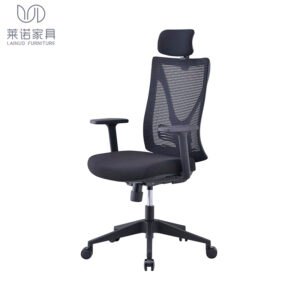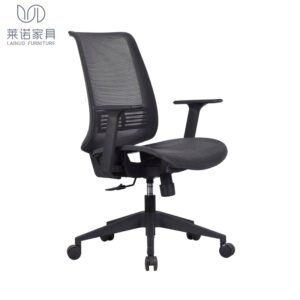Understanding the Ergonomic Design of Mesh Seat Office Chairs
In the contemporary workplace, the relevance of ergonomic design cannot be overstated, particularly when it comes to mesh seat office chairs. These chairs are engineered to foster good posture and minimize discomfort during prolonged periods of sitting, making them an essential component in enhancing overall workspace productivity and well-being. Central to their ergonomic appeal is the mesh backrest, which provides superior breathability and temperature regulation. This feature allows air to circulate, reducing heat buildup and ensuring that users remain cool and comfortable, even during extended office hours.
Adjustability is another crucial aspect of ergonomic design found in mesh seat office chairs. Many models come equipped with a variety of adjustable features, including lumbar support and headrests that can be customized to fit the unique contours of an individual’s body. The lumbar support is particularly important as it helps maintain the natural curve of the lower back, effectively reducing the risk of developing musculoskeletal issues that are commonly associated with sedentary work. Similarly, adjustable headrests can alleviate strain on the cervical spine, promoting a neutral neck position and further enhance comfort.
The integration of these design elements not only mitigates the physical toll of sitting but also contributes to improved concentration and efficiency in the workplace. When users are comfortable and supported, they are more likely to engage in their tasks without distraction from discomfort. Ultimately, the Ergonomic features of mesh seat office chairs are paramount in creating a healthier work environment, leading to enhanced productivity and overall employee well-being. This thoughtful design ensures that as workplace demands evolve, the tools we use remain an ally in our daily pursuits.
Key Features of a High-Quality Mesh Seat Office Chair
When selecting a premium mesh seat office chair, it is crucial to consider several key features that enhance both comfort and ergonomics. One of the standout components of these chairs is the 4D armrest. This innovative feature allows for height, width, depth, and pivot adjustments.
Another significant feature to look for in a high-quality mesh office chair is the self-weighting mechanism. This function enables the chair to naturally recline based on the user’s body weight. By automatically adjusting to the individual’s mass, it provides a comfortable and supportive experience. This easy-to-use mechanism contributes to reducing tension in the back and neck, allowing users to focus on work without discomfort. Moreover, the design encourages active sitting, which helps maintain circulation and alleviate fatigue.
The importance of a robust back locking mechanism cannot be overstated. A chair equipped with this feature offers users the flexibility to lock the chair in up to four different reclining positions. Personalized comfort is vital for enhancing productivity, as it allows individuals to find their ideal working posture. The ability to adjust the backrest creates opportunities for sitting varied styles throughout the day, which is beneficial for both mental and physical health.
Ultimately, understanding these critical features—4D armrests, self-weighting mechanisms, and back locking options—will empower consumers to choose a mesh seat office chair that best suits their ergonomic needs and preferences.

